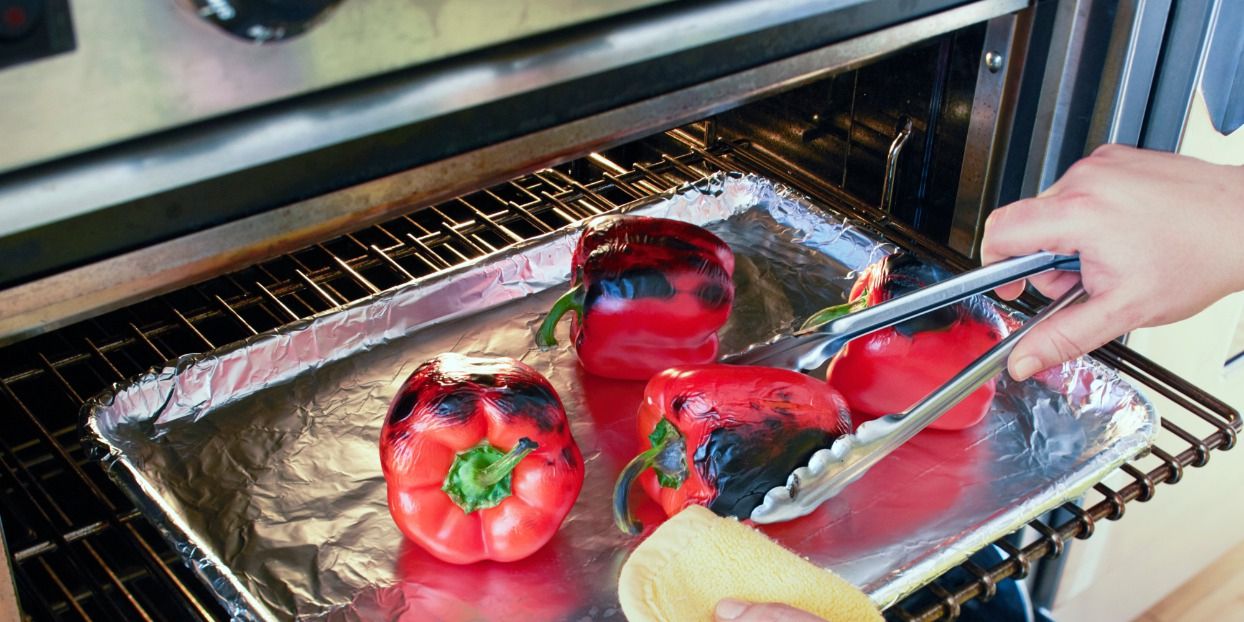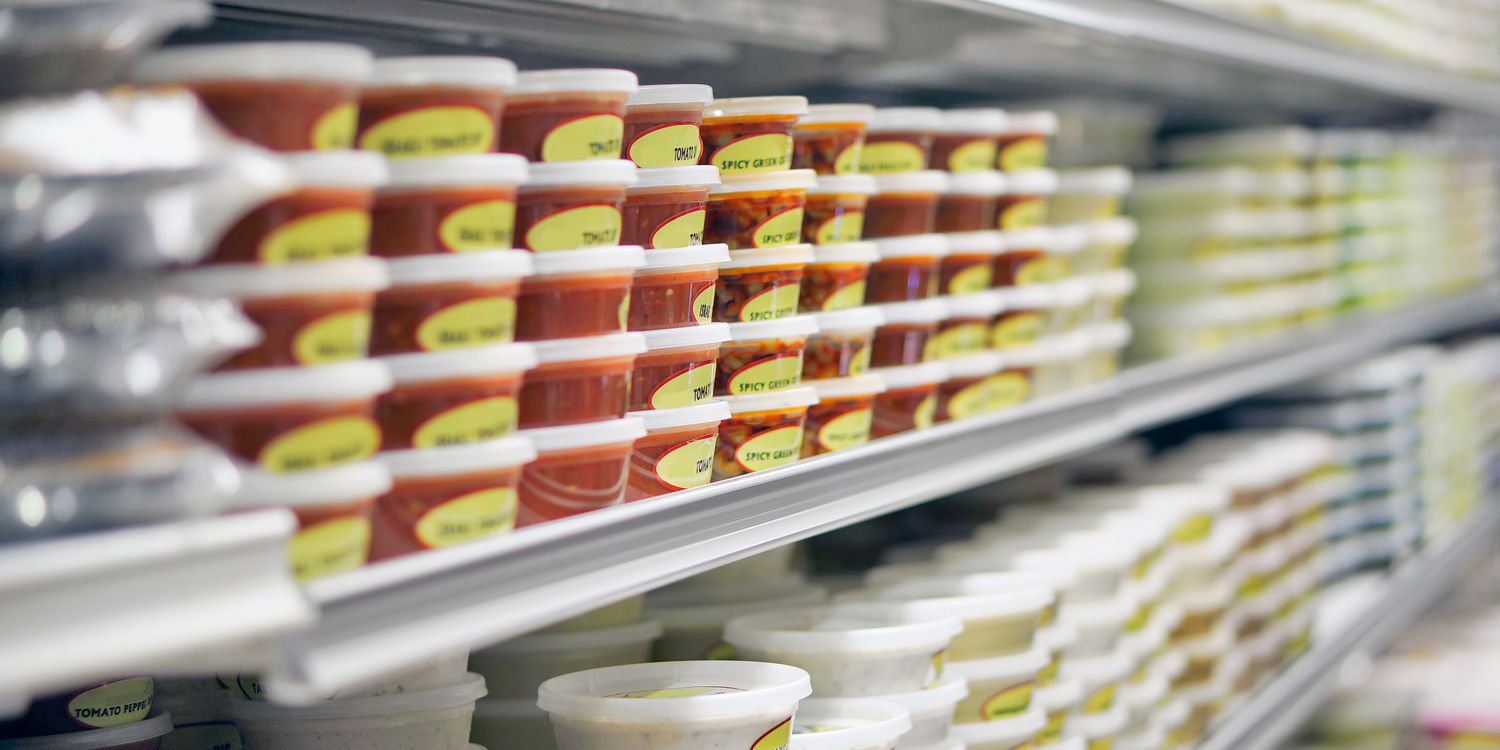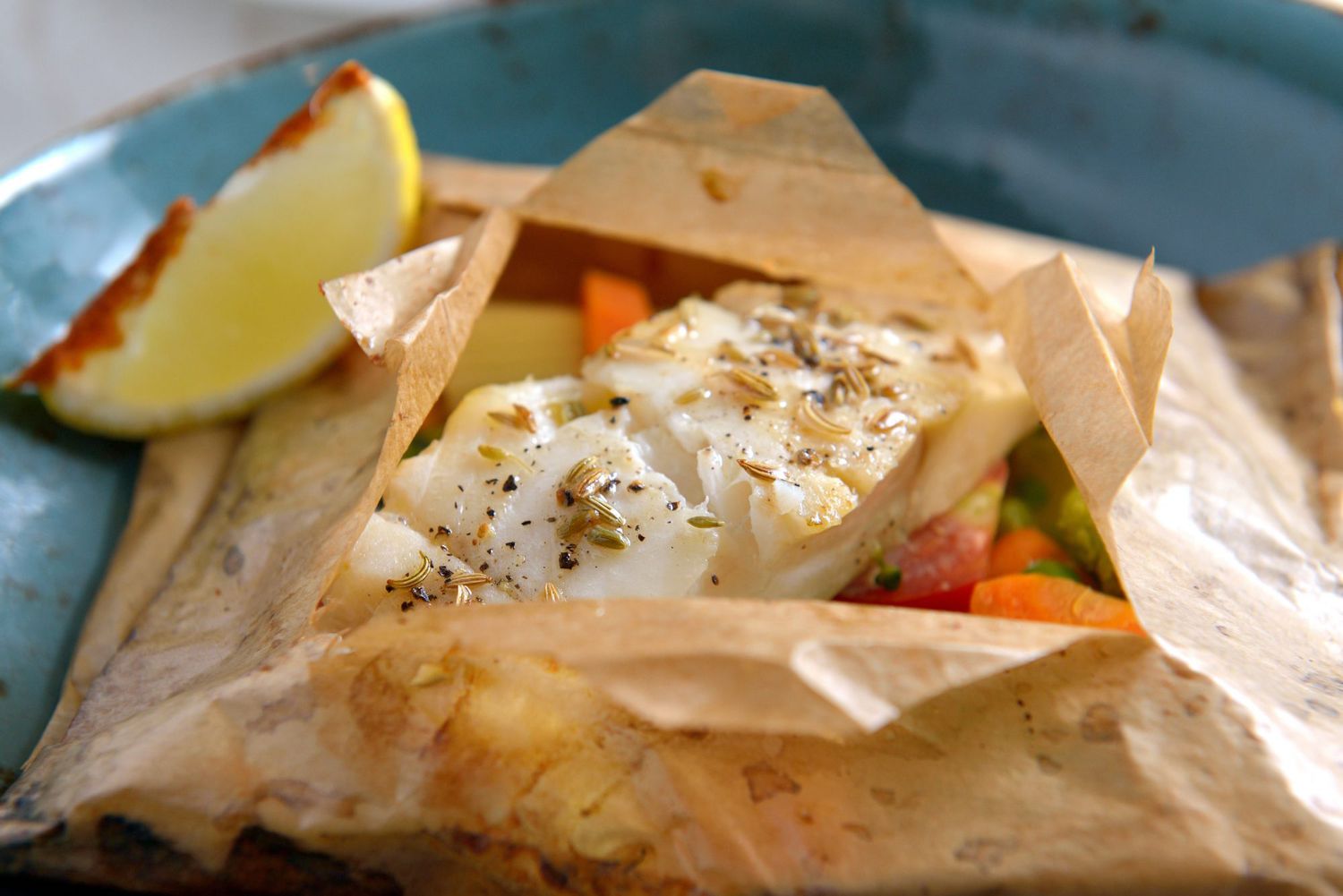Novice cooks everywhere probably have some form of cooking anxiety. We get it. The kitchen can be a very daunting and intimidating space if you are not confident. Recipes are the perfect resolution. All you have to do is follow the recipe verbatim, and you will have a wonderful finished product, right? Well, maybe not… Unfortunately, there may be times when you take out a cake and realize the crust is brown but the middle is still runny. You then feel defeated and wonder why you even took the chance on your cooking ability.
The issue at hand is not necessarily on you. It could be the very vessel you rely on to get you over the finish line. Your oven. Ovens can be some of the most temperamental things in your kitchen. They say one thing but may mean another. There is much more nuance to working with your oven than just sliding a baking dish in, closing the door, and walking away. Keep these tips in mind when venturing into baking territory.
Your Oven Temperature Can Fluctuate
Preheating your oven is pretty simple. Most likely it is set to the default 350 degrees F (175 degrees C). You hear the recognizable “beeping” and you are ready to place your masterpiece into the oven. However, the oven does not stay at that temperature for the duration of the baking time. When an oven (specifically a gas oven) is turned on, it blows heat throughout the interior until it reaches the set temperature again. Once it does, the heat will turn off. And that cycle continues. An oven is programmed to come back on if the temperature inside has fallen beyond a threshold. This threshold can vary depending on the oven. Therefore, that 350-degree mark is not constant.
You can get an oven thermometer to place inside the oven to test it (or try another DIY method). After setting your oven temperature to 350 degrees, wait about 15 minutes. If the temperature has fluctuated greater than 25 degrees, you may want to get your oven’s thermostat recalibrated.
Be Careful Not to Block the Vents
It is Thanksgiving and you are trying to multitask. You proceed to place all of your baking items in the oven simultaneously to cut time. This will not be in your favor. According to Bosch Appliances, overpacking your oven can block the vents in your oven from distributing heat evenly. Always follow recipes when they instruct specific pan placement inside of the oven.
Aluminum Foil Is a No-Go
Restrain from covering your shelves with aluminum foil. This can also alter the temperature inside the oven. The shelves are slitted for a reason to allow air to circulate through. Adding foil may help with spills but not with circulation.
Check the Ignition
If you are noticing that your oven is taking too long to heat up or stay at the set temperature, the oven’s igniter might be failing and needs to be replaced. If this is the case, call an oven repair service to get that igniter changed. And here is another tip: If the igniter replacement is expensive, try researching price options. It may be cheaper to just replace the entire oven altogether.




